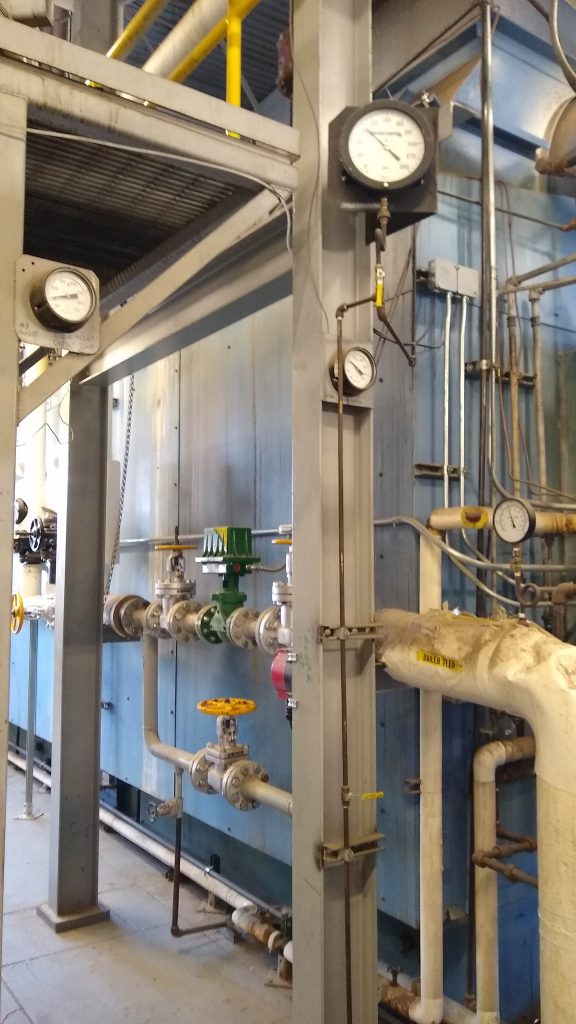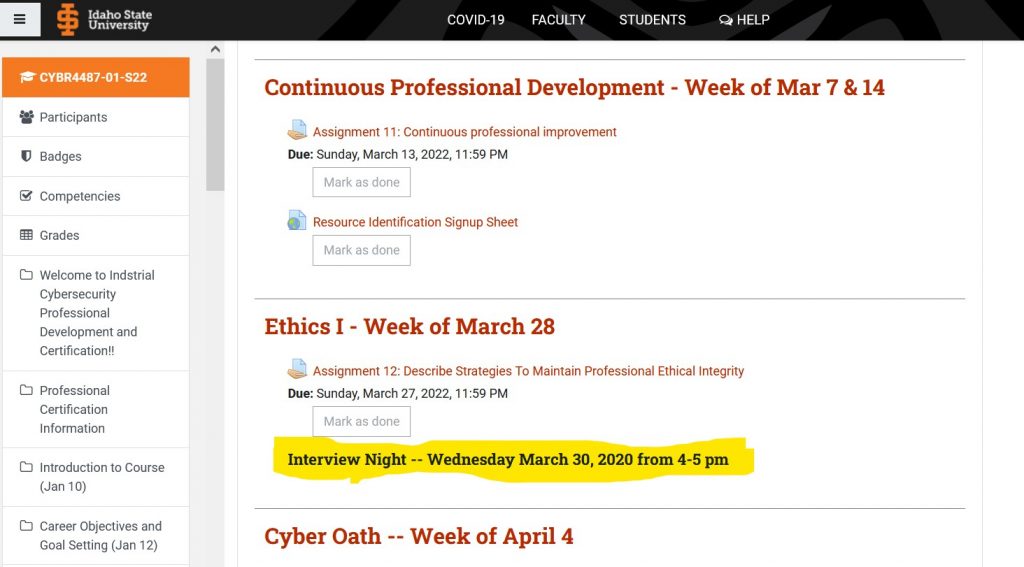One of the things I enjoy most about being an instructor is getting to know my students. Our program has a capacity of 20 students, and runs as a cohort. Because I teach several classes at a time (this semester I am teaching five), I get to spend quite a bit of time with the students.

I love getting to know my students as individuals. I love finding out where they came from, and what interested them in cybersecurity. I come to appreciate their unique experiences and points of view. I enjoy their creative abilities. I especially like giving them individualized feedback.
Near the conclusion of each school year, The University alumni organization puts on an awards ceremony for 11 outstanding students — one or two from each college at the University. This year I nominated a student to receive our Outstanding Student Achievement Award — and I was pleased that he was chosen to receive that honor.
This student — who happened to be from Pocatello (our university town) — did something unique and impressive: He asked one of his teachers from grade school, one from middle school, and one from high school to be present at the ceremony; then, during his acceptance remarks, he shared a short experience where each teacher had positively influenced his life.
I am sure it was a rewarding moment for those teachers to feel that they had influenced this student in some small way.
According to information shared openly about his academic performance, this student had a 3.98 (scale of 4.0) GPA: he had received one single B during his entire undergraduate studies.
Now, before the ceremony began, I was chatting with another instructor from my department. He said to me “I am very happy for this student. But when I realized that I had given him his only B, I felt like I might have ruined his perfect run.”
I responded in jest “Well, he will remember you one way or another!”
Then, I smiled immensely when in his acceptance speech, after honoring his grade school, middle school, and high school teachers, the student called my colleague’s name and said “he is a demanding teacher who expects his students to work hard, knowing it will serve them well as professionals, and I am thankful for the learning experience I had in his class.”
That was outstanding.


